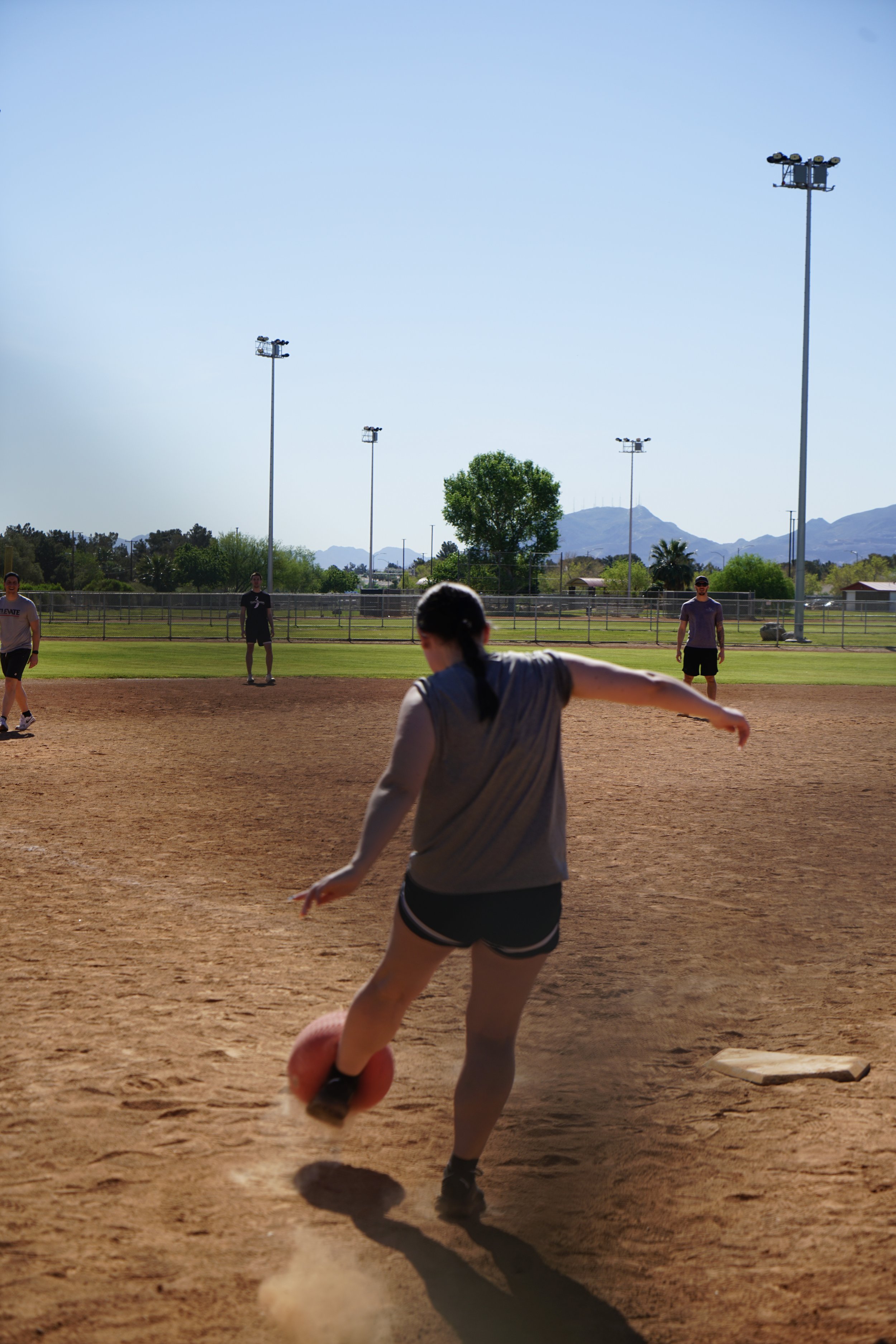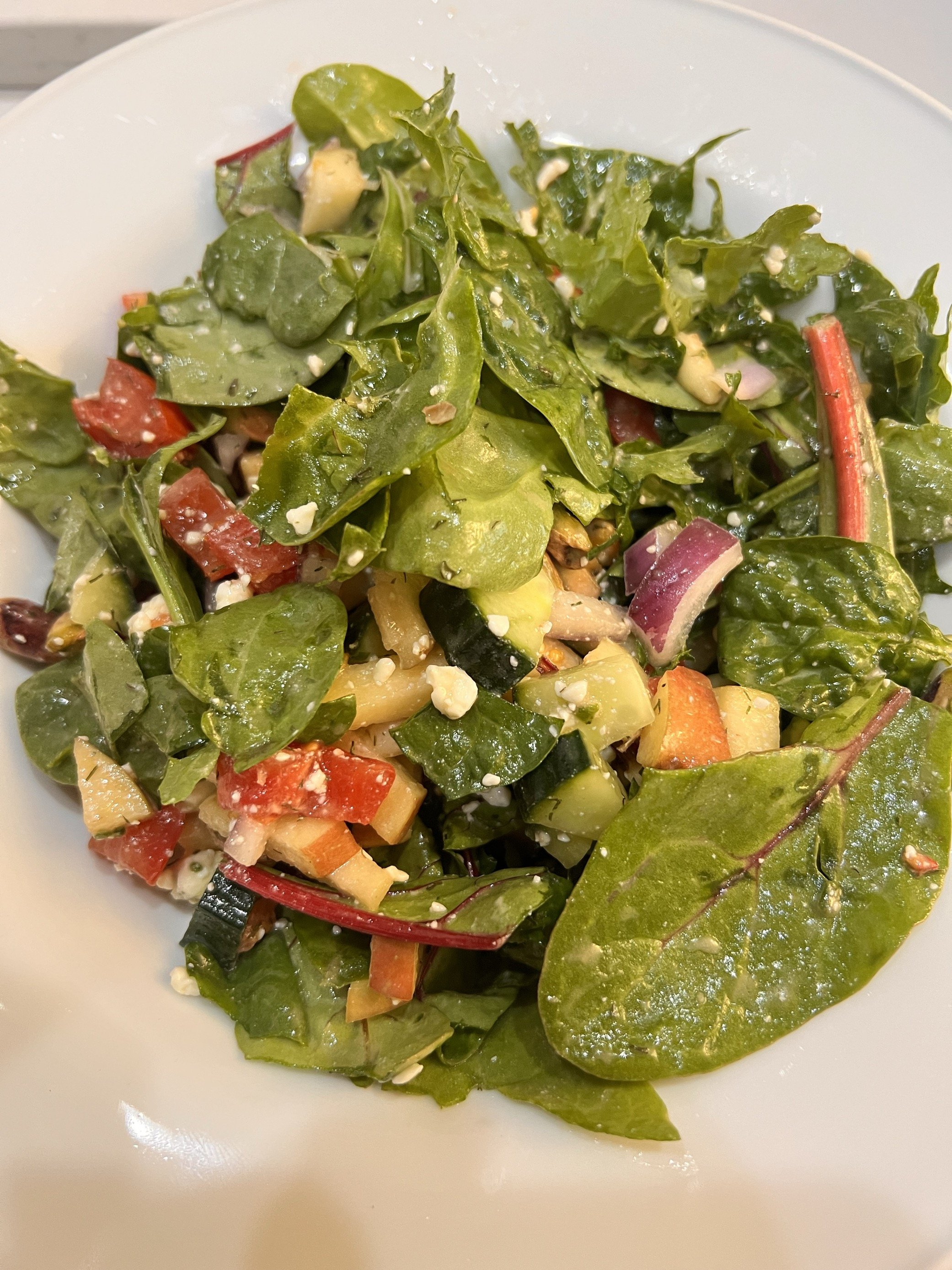How to Safely Train in the Summer Heat
Training in hot weather presents unique challenges for athletes. While the summer months provide an excellent opportunity to train outdoors, the increased temperatures can also lead to heat-related illnesses if proper precautions aren't taken. Heat acclimatization is the process of gradually adapting to higher temperatures, which can enhance performance and reduce the risk of heat stress. Here’s how athletes can safely train in hot weather and make the most of their summer workouts.
Tips for Safe Heat Acclimatization
1. Start Slow and Gradual
Begin by exercising in the heat for short periods and gradually increase the duration and intensity of your workouts. For example, start with 15-20 minutes of light exercise during the hottest part of the day and increase this by 5-10 minutes each day over the course of 1-2 weeks.
2. Stay Hydrated
Proper hydration is crucial for maintaining performance and preventing heat-related illnesses. Here’s how to stay hydrated:
Pre-Hydration: Drink water throughout the day and have 16-20 ounces of water 2-3 hours before your workout.
During Exercise: Drink 7-10 ounces of water every 10-20 minutes during your workout. If exercising for more than an hour, consider a sports drink to replenish electrolytes.
Post-Exercise: Rehydrate with 16-24 ounces of water or an electrolyte drink for every pound of body weight lost during exercise.
3. Wear Appropriate Clothing
Choose lightweight, breathable, and moisture-wicking clothing to help keep your body cool. Light-colored clothes reflect the sun’s rays, and loose-fitting garments allow for better air circulation. Take advantage of our online store! Shop Elevate gear!
4. Listen to Your Body
Pay attention to how your body feels during and after exercise. Symptoms of heat-related illnesses include dizziness, nausea, excessive sweating, rapid heartbeat, and confusion. If you experience any of these symptoms, stop exercising immediately, move to a cooler environment, and hydrate.
5. Train During Cooler Times of the Day
Whenever possible, schedule your workouts for early morning or late evening when temperatures are lower. This reduces the risk of heat stress and allows for more effective training sessions.
6. Use Cooling Strategies
Incorporate cooling strategies to help your body stay cool:
Pre-Cooling: Use ice vests, cold towels, or take a cool shower before starting your workout.
During Exercise: Take breaks in shaded areas and use cold towels or ice packs on your neck and wrists to lower your body temperature.
Post-Cooling: Cool down with a cold shower or an ice bath after your workout to help bring your body temperature back to normal.
7. Adjust Your Training Intensity
Reduce the intensity and volume of your workouts during the initial days of heat acclimatization. Gradually increase the intensity as your body adapts to the heat. Pay close attention to your heart rate and perceived exertion to avoid overtraining.
8. Monitor Environmental Conditions
Keep an eye on the weather forecast and be aware of the heat index, which combines air temperature and humidity to provide a more accurate measure of heat stress. Avoid training during extreme heat advisories or when the heat index is dangerously high.
9. Fuel Your Body Properly
Maintain a balanced diet rich in fruits, vegetables, lean proteins, and whole grains. Foods with high water content, such as watermelon, cucumbers, and oranges, can help keep you hydrated. Avoid heavy, greasy meals that can increase body heat.
Heat acclimatization is essential for athletes training in hot weather. By gradually increasing exposure to heat, staying hydrated, wearing appropriate clothing, and using effective cooling strategies, athletes can safely enhance their performance and reduce the risk of heat-related illnesses. Remember, listening to your body and adjusting your training accordingly is key to a successful and safe summer training regimen. Stay cool and train smart!








